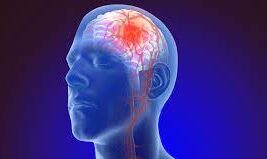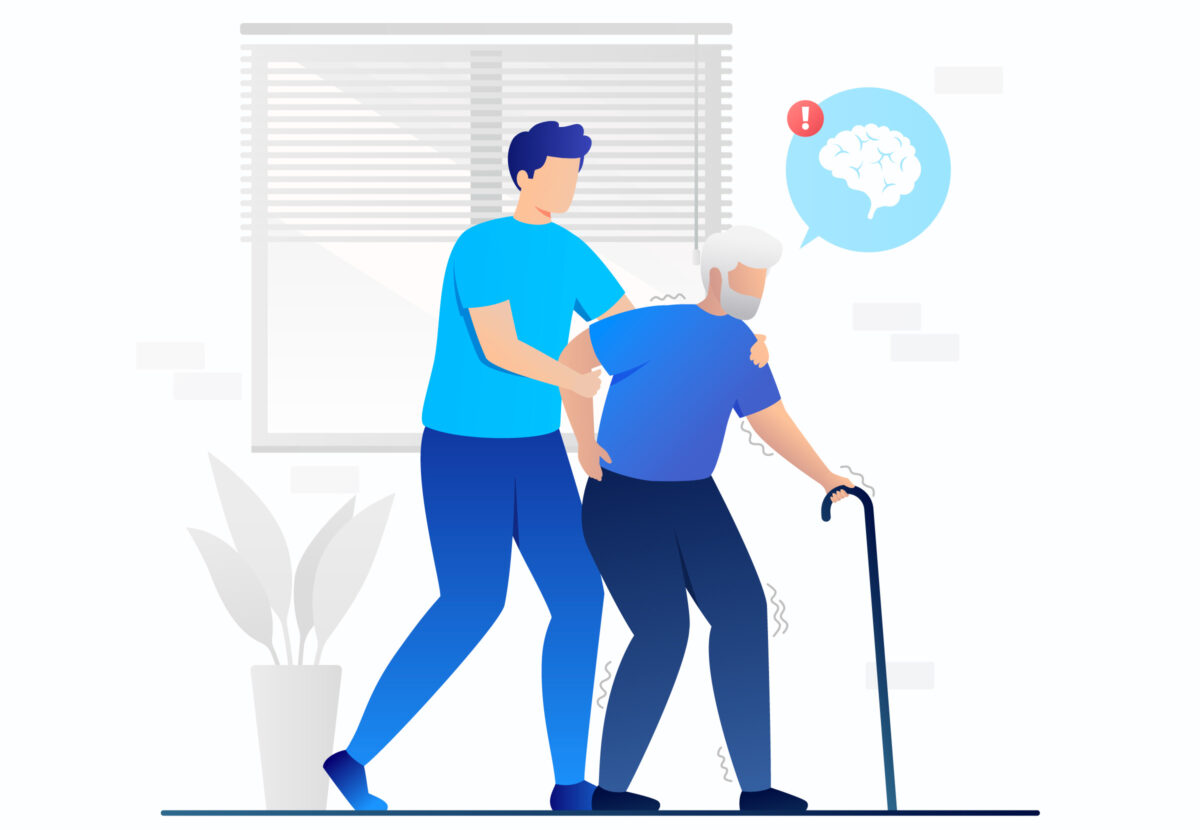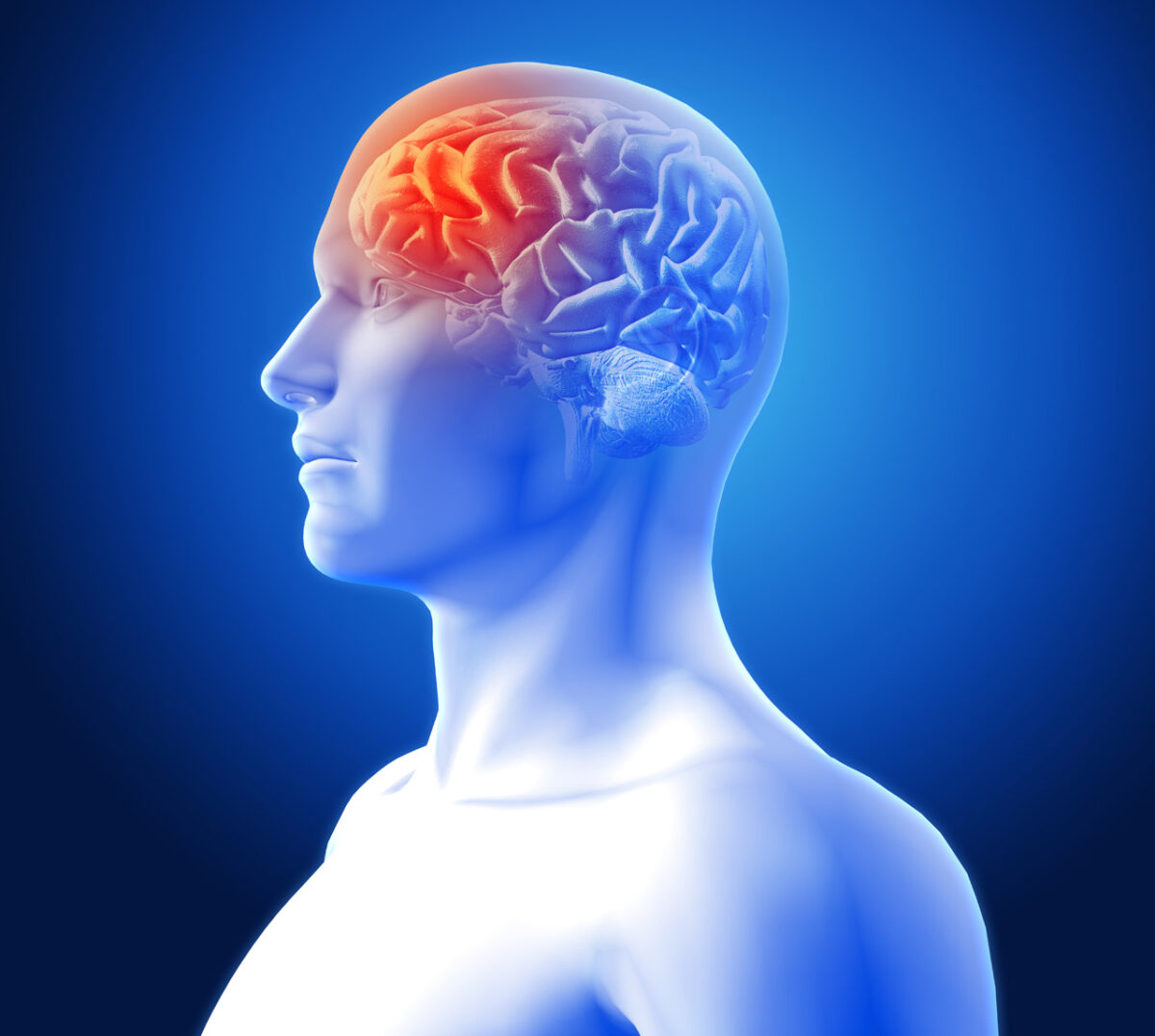Brain aneurysms, though often silent and symptomless, pose a significant threat to one’s health. These weak spots in blood vessels can rupture, leading to severe complications such as stroke or even death. However, there’s hope in prevention through lifestyle changes. Let’s delve into how you can safeguard your brain health and reduce the risk of aneurysms with insights from Dr. Vivek Gupta.
Understanding Brain Aneurysms
Brain aneurysms often develop silently, without symptoms, making them difficult to detect until they rupture. However, certain factors increase the risk of aneurysm formation and rupture, including high blood pressure, smoking, excessive alcohol consumption, and a family history of aneurysms.
Lifestyle Changes for Aneurysm Prevention
- Healthy Diet: Consuming a balanced diet rich in fruits, vegetables, whole grains, lean proteins, and healthy fats can help maintain optimal brain health. Limiting sodium intake and avoiding processed foods can also lower blood pressure, reducing the risk of aneurysm formation and rupture.
- Regular Exercise: Engaging in regular physical activity promotes cardiovascular health, improves blood flow, and helps maintain a healthy weight. Aim for at least 30 minutes of moderate-intensity exercise most days of the week, such as brisk walking, cycling, or swimming.
- Stress Management: Chronic stress can contribute to high blood pressure and increase the risk of aneurysm rupture. Incorporating stress-reducing techniques such as meditation, deep breathing exercises, yoga, or mindfulness can help lower stress levels and promote overall well-being.
- Smoking Cessation: Smoking is a significant risk factor for the development and rupture of brain aneurysms. Quitting smoking can substantially reduce the risk of aneurysm formation and improve overall cardiovascular health.
- Limit Alcohol Intake: Excessive alcohol consumption can raise blood pressure and contribute to the weakening of blood vessel walls. Limit alcohol intake to moderate levels, defined as up to one drink per day for women and up to two drinks per day for men.
Promoting Brain Health
Incorporating these lifestyle changes into your daily routine can significantly reduce the risk of developing a brain aneurysm and lower the likelihood of it rupturing. By adopting a healthy diet, engaging in regular exercise, managing stress effectively, quitting smoking, and limiting alcohol intake, you can protect your brain health and reduce the risk of serious complications.
Schedule an appointment with us to discuss personalized strategies for preventing brain aneurysms and promoting overall brain health.










